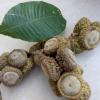Sign in to follow this
Followers
0

Starling's definitive guide to growing and harvesting dragonfruit
By
starling, in Cacti & Succulents

By
starling, in Cacti & Succulents